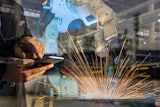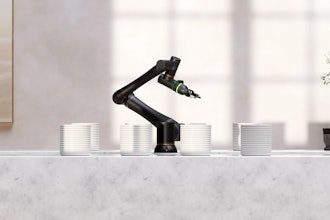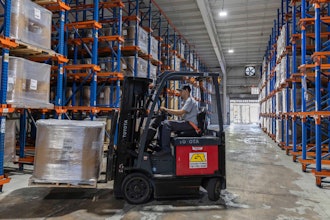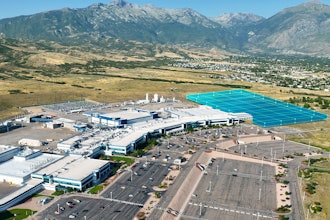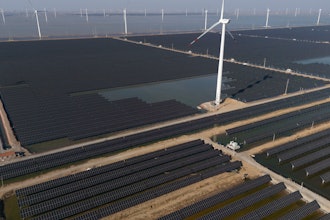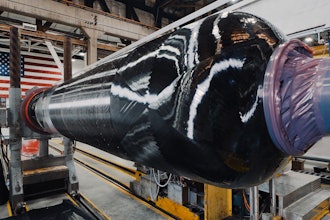
Today is the age of data. It is the age of digital transformation and the transformation of the industrial manufacturing plant. There are billions of physical devices around the world that are now connected to the Internet that collect and share data, and the term used to refer to this phenomenon is the Internet of Things or IoT.
Apply IoT to industrial manufacturing, and you have the Industrial Internet of Things (IIoT) or Industry 4.0. Factories that have this connectivity and that have the ability to capture and store process data (Big Data) are called Smart Factories. In turn, these smart factories enable smart manufacturing with centralized networks that link assets and that can connect factories digitally worldwide.
But what should be done with this Big Data? How can companies gain insight into this data and use it to improve production processes, team, and plant efficiency? The answer is technology, and it is the common denominator between digital transformation and smart factories.
Technology allows experts to make sense out of the immense amount of captured process data. The key is to democratize this data into the hands of all process experts with self-service analytics. This tool enables real-time learning and data-driven decision making across the manufacturing production process.
What does a Smart Factory look like?
A smart factory has three essential characteristics: First, it democratizes data and empowers plant personnel with advanced analytics to analyze and interpret plant data enabling them to gain real-time process insights.
Through this data democratization, process experts can build actionable dashboards to monitor production in real time; solve process performance issues; test and verify hypotheses; gain insights from contextual information contained within 3rd party business applications; and improve plant performance.
Second, it uses analytics-driven insights to achieve continuous improvement of operational performance. Its management teams share best practices and have a “start small, scale fast” mindset which enables vertical integration of analytics throughout the entire organization.
Third, personnel use and share operational data across data silos. Individual departments and teams with specific expertise can directly utilize analytics without depending on data scientists. This “self-service” approach enables smart factories to avoid the delays and costs of data science projects, to achieve higher ROI, and to accelerate project time-to-value and time-to-impact.
A Smart Factory’s Success and Production Process Improvements
A smart factory is data-driven, one that allows plant managers to fully utilize its potential to establish cohesive, in-sync process teams and operations. It has integrated data sources with no data silos, clear data governance models, no gatekeepers or manual interactions, and full access to the right resources.
Moreover, its set-up incorporates the three building blocks for data-driven decision making: people, management, and technology. The people are the end users who are the crucial knowledge holders of the processes and who can unlock the hidden value of the data. The management is the driver for success and is the central group that facilitates digitalization and commits to forward thinking and change. The technology, like self-service analytics, breaks data silos ensuring correct, quality, and timely data to all personnel.
Of course, each organizational level plays a part in the plant operation, and by giving process experts an advanced manufacturing self-service analytics platform, management is adopting a forward thinking and competitive strategy to optimize plant data, operations, and personnel. What is achieved is a highly functional and productive team and plant. The results - breakthroughs in productivity, profitability, and competitiveness.
